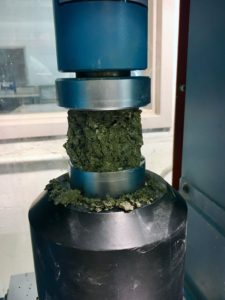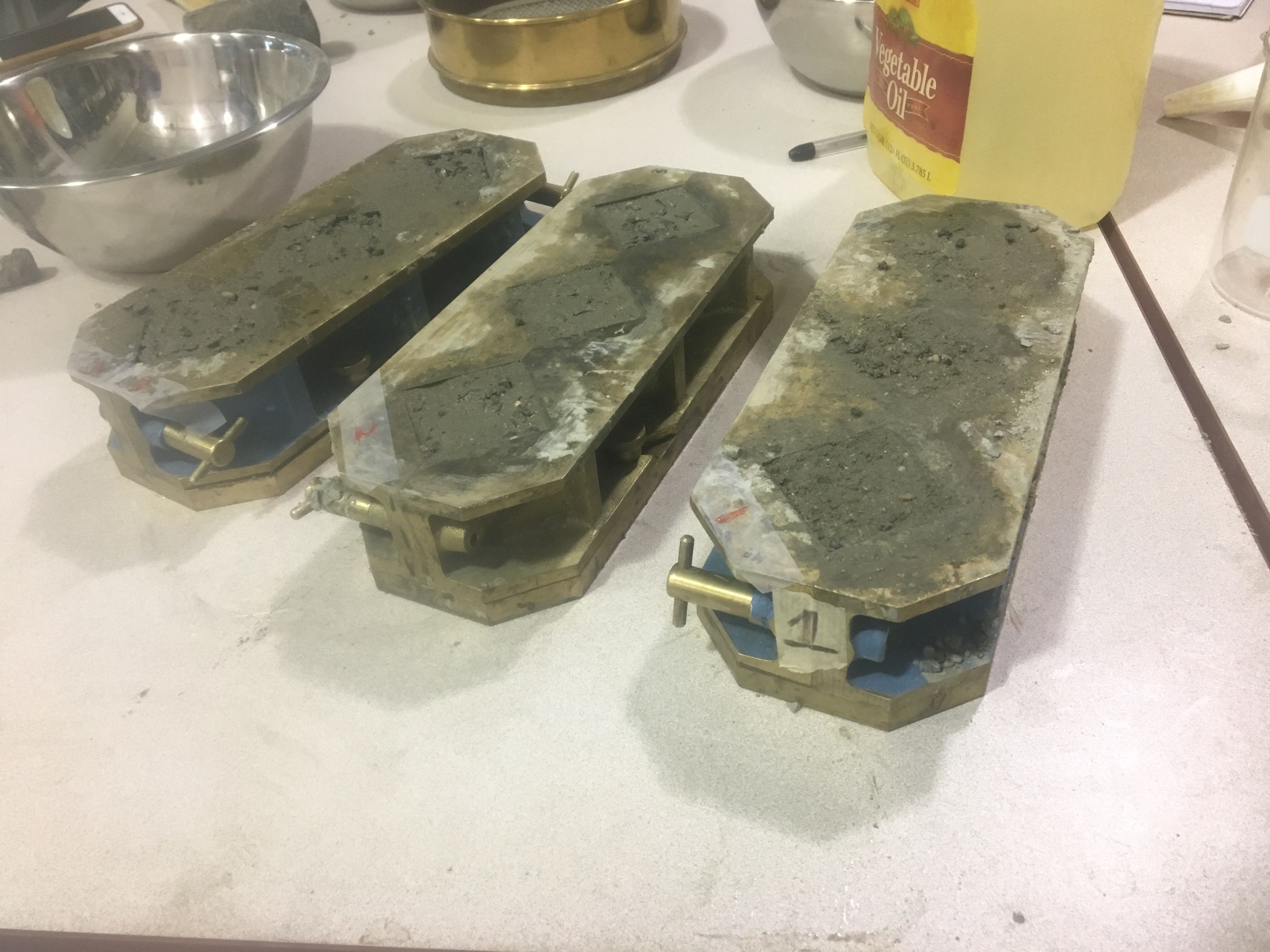The Hull Design team has been conducting research in hull design shapes and softwares for the canoe. All of the shapes of the canoe used in the past competitions were outlined including straight or flared tumblehome, flat, shallow-arch, or round rocker, and stern or shallow v-hull.
Another aspect of research included which software to use in order to design and analyze the stability and resistance of the canoe. The software will allow us to test different designs and see which would have the most beneficial properties. A total of ten softwares have been analyzed by comparing their positives and negatives. From the softwares, we have selected Free!Ship.
The research found on past winners of the ASCE National Canoe Competition in the past few years will serve as testing grounds for us to see which is the most ideal software to use. Bobby and Jack plan to analyze several hull designs in order to provide variety and see which has the most beneficial aspects.

 Two weeks after the Mix Team let the cubes cure, the team went in to test their strengths. It was predicted the second mix would have the highest compressive strength, as the first mix’s aggregates were too large for the mold, making it difficult to fill with the other materials and multiple aggregates, and the third mix’s aggregates were run through a #4 sieve and would have less strength.
Two weeks after the Mix Team let the cubes cure, the team went in to test their strengths. It was predicted the second mix would have the highest compressive strength, as the first mix’s aggregates were too large for the mold, making it difficult to fill with the other materials and multiple aggregates, and the third mix’s aggregates were run through a #4 sieve and would have less strength.
